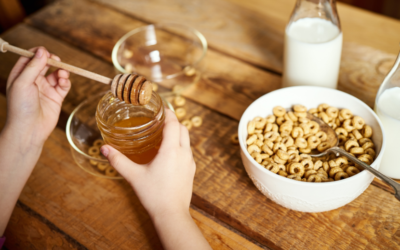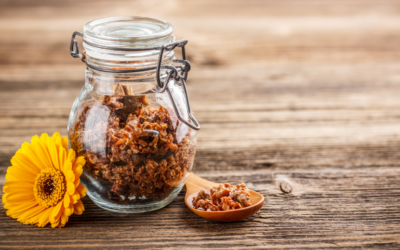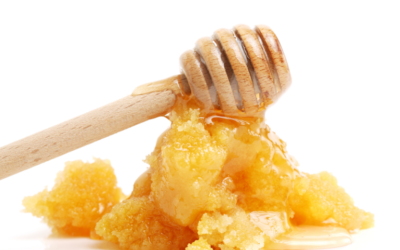How Is Manuka Honey Used to Heal Wounds?
Manuka honey has many uses, one of which is to treat wounds. This is due to its antiseptic and antibacterial properties which make it a natural remedy. Find out how manuka honey is used for wound care in this article.
How does manuka honey heal wounds?
Low PH
Manuka honey has a low acidic pH of 3.2 and 4.5 and when it is applied to injuries, its low pH nature encourages the blood to transport more oxygen, which is beneficial for wound healing. The low pH levels also inhibit the presence of proteases, which is a substance that slows down wound healing.
The sugar present has an osmotic effect
The sugar in manuka honey helps to draw water out of the scarred tissues through the osmotic effect. This process reduces swelling and helps to push the flow of the lymph to the wound to remove bacteria and other particles, hence speeding up wound healing. Sugar also draws moisture, which prevents bacteria from breeding. The sugar is also an alternative source of glucose required for building tissue cells in the injured area.
Antibacterial properties
Manuka honey has antibacterial properties that may be able to fight against Methicillin-Resistant Staphylococcus Aureus (MRSA) infections and vancomycin-resistant Enterococci (VRE) bacteria. This is due to its unique methylglyoxal content, that is cytotoxic (kills bacteria) and is small enough to pass though skin and attack the bacteria (especially the antibiotic resistant ones) present in wounds. Manuka honey may also be able to attack infections that form a biofilm, which is a thin, slippery layer of bacteria that is untreatable.
Protective barrier
Manuka honey has a thick and viscous consistency which forms a barrier between the wound and surrounding environment, thus protecting the wound from microbes or germs while keeping the wound hydrated.
Antioxidants
The flavonoids and other polyphenols present in manuka honey work as antioxidants that reduce inflammation in the wound.
Type of wounds
In a 2015 study published in the Cochrane, it was found that honey heals wounds of partial thickness four to five days earlier than conventional dressings. There is also evidence that honey is more effective than antiseptic and gauze in healing infected surgical wounds. Honey may also speed up the healing process of diabetic wounds, however, more research needs to be done to confirm that honey should be the first layer of application to treat such wounds.
More research needs to be done on the effectiveness of honey for the healing of the following wounds: venous leg ulcers, leishmaniasis, pressure ulcers and Fournier’s gangrene.
Application of manuka honey
Here are the steps to care for your wound with medical grade manuka honey:
- Clean your hands and applicators such as your sterile gauze and cotton tips before carrying out any action. This is an important step to prevent infection.
- Apply the medical grade manuka honey onto the dressing first, instead of directly onto the affected wound area. This is to prevent messiness during the application which can aggravate the wound. However, if you have a deep wound bed such as an abscess, you should apply the manuka honey onto the wound directly and fill up the wound bed before attaching the dressing. The dressing (sterile gauze pads or adhesive bandage) should be clean and dry upon use. Occlusive dressings are the most compatible with honey because they prevent the honey from seeping out.
- Wash your hands after dressing.
- Replace the dressing when it is soaked or stained.
Note: Do use medical grade manuka honey as they are different from the ones you find in the pantry. You may read our blog for more information on what is medical grade manuka honey.
Conclusion
Manuka honey is a natural remedy that has been used for centuries by ancient Egyptians, Romans, and Greeks. It is no wonder because it has such amazing antibacterial properties and composition that allows for wound protection, healing, and tissue growth.




